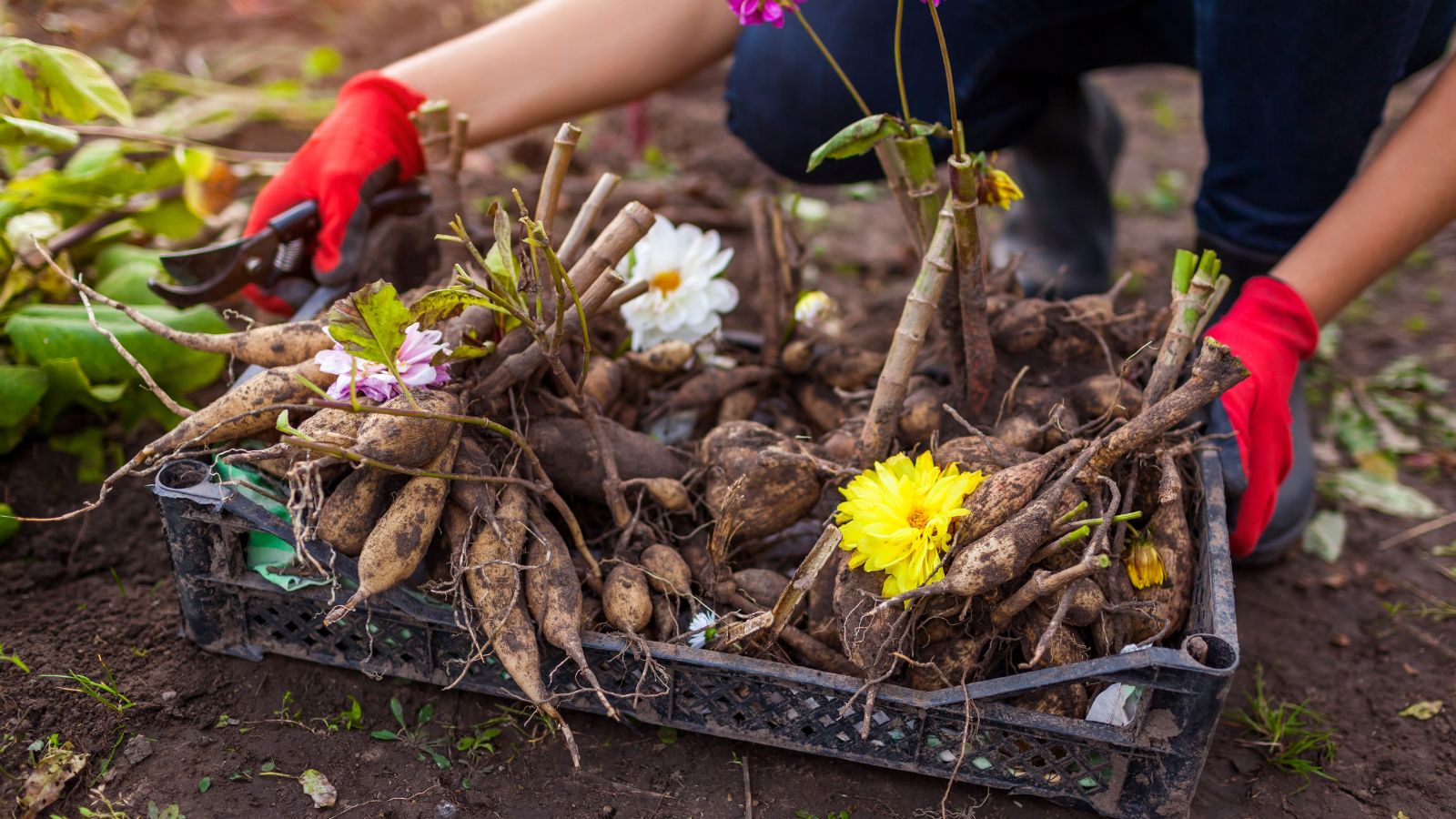[ad_1]
What’s November like in your yard? Proper right here throughout the northeast, it’s a less-than-joyous trifecta of gray skies, leaf-less timber, and bone-chilling precipitation that is someplace between snow and rain. We’d have had a few mild frosts in October, nonetheless November will certainly ship the harsher temps. This suggests it’s time to begin out planting out these hardy bulbs and bringing throughout the tender ones.
What bulbs it’s advisable to dig up and retailer in November will largely rely in your rising zone, native native climate, and the type of plant. Gardeners in zones 7 and eight are correct on the cusp of hardiness for lots of of our favorite tropical and tender vegetation. Counting on how well-drained the soil is or how dry the winters are, some gardeners may have the ability to tuck their bulbs in with a further thick layer of mulch.
Completely different gardeners? Not so lucky. In case you’re gardening in a neighborhood climate that choices prolonged and chilly winters, dig in (really) and get these tender bulbs out of the yard this month.
Anemone
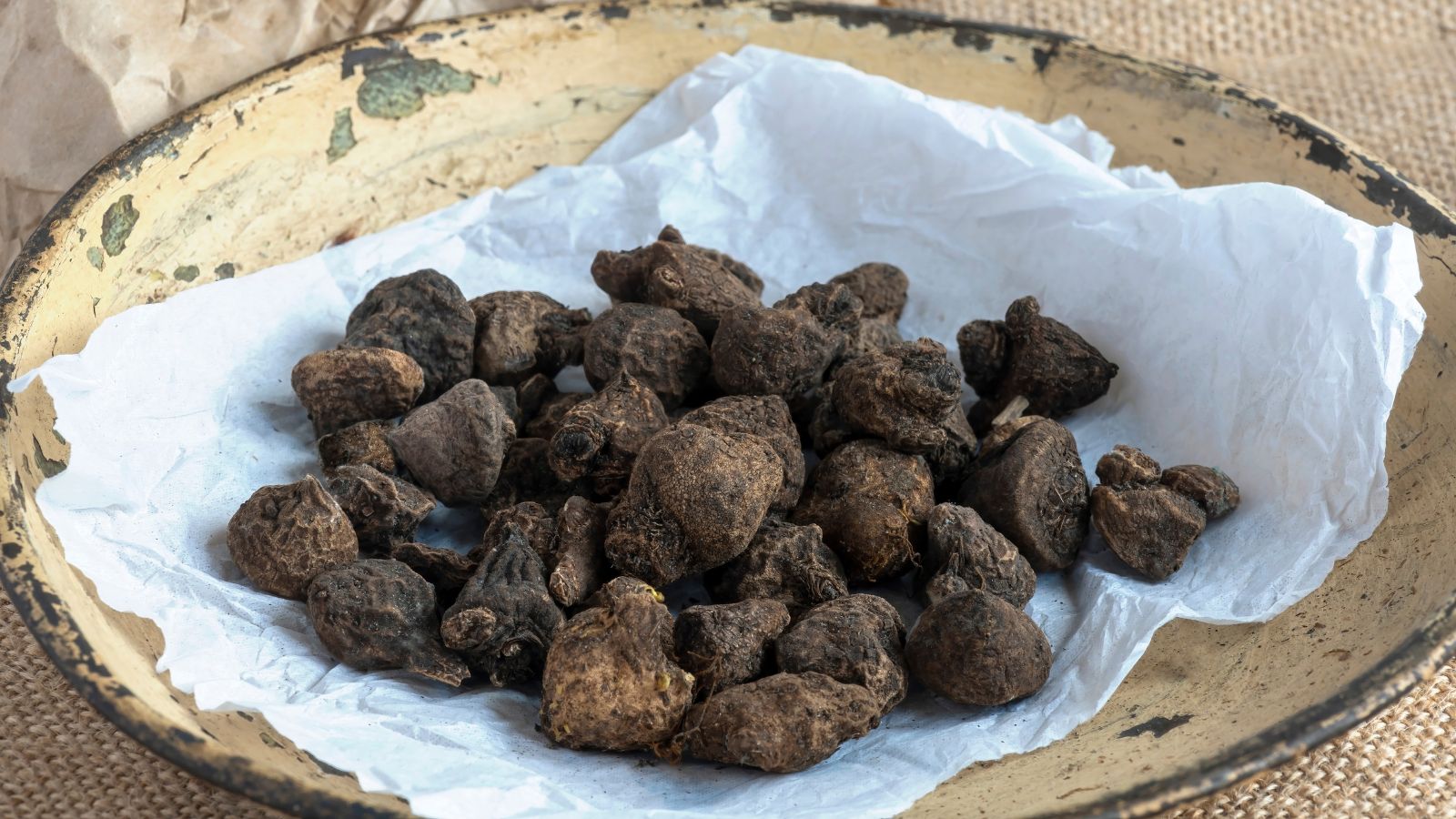

These cheery little flowers are most likely primarily essentially the most cold-tolerant on this document, although they will not survive months of subzero temperatures. Anemone have lovely white, pink, purple, and blue petals surrounding darker services. To not be confused with the perennial picket anemone or fall-blooming Japanese anemone, these vegetation are usually grown as cool-season reduce flowers or bedding vegetation.
Anemones are hardy in zones 7 and eight if coated with mulch throughout the fall, and could also be left uncovered year-round in zones 9 and warmer. Gardeners in colder zones may need to retailer these corms indoors for the winter. Wait until the foliage has withered and turned yellow, then dig the anemone up. Let the corms dry for 2-3 days, then gently take away the lifeless foliage. Retailer corms in a darkish, dry location saved at room temperature.
Caladium
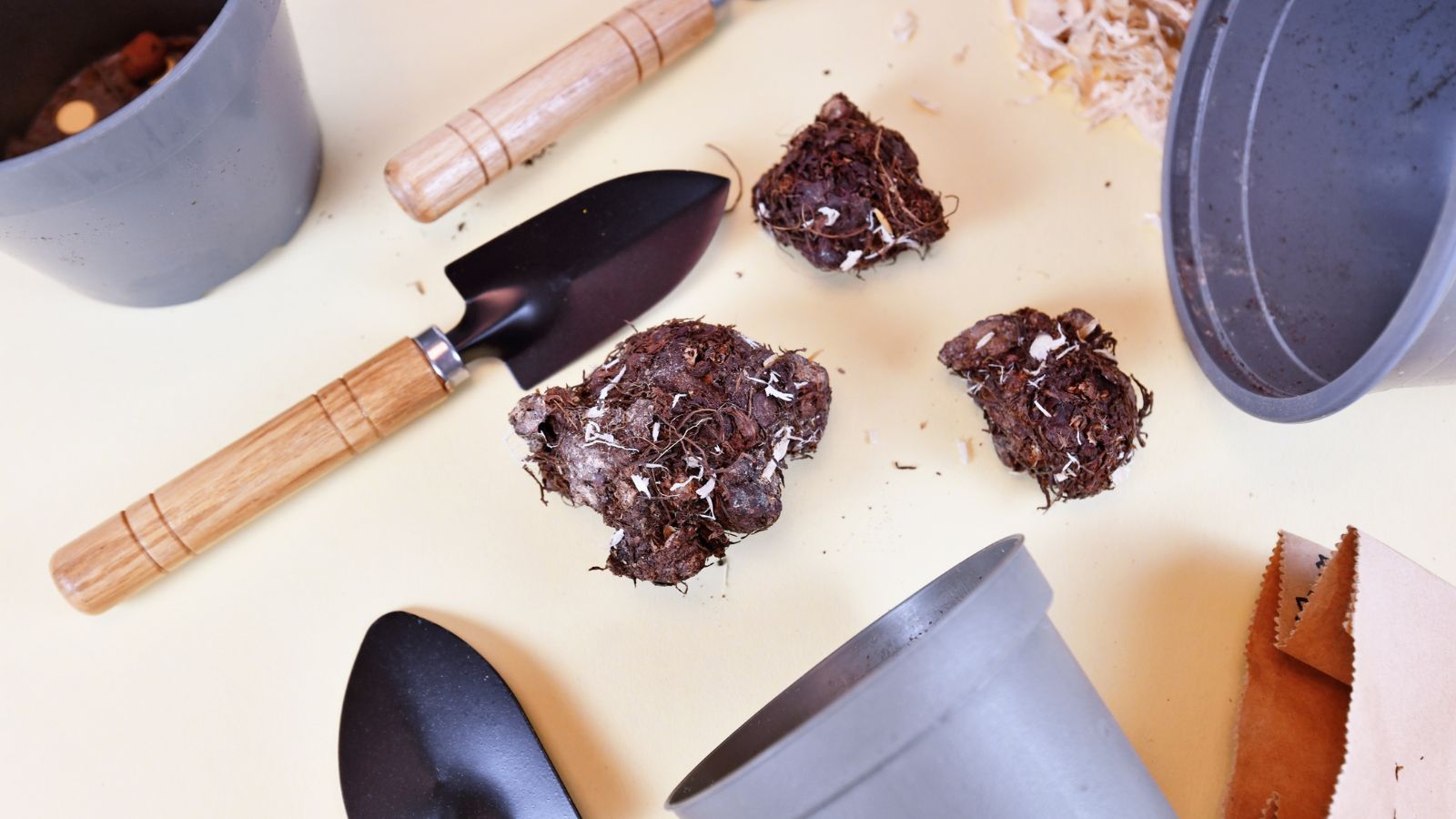

Caladiums are prized for his or her lovely, heart-shaped leaves that unfurl in shades of white, pink, purple, and inexperienced. These fabulous foliage vegetation are native to the tropical forests of Central and South America. As such, they require scorching, humid circumstances and are largely grown as a summer season annual in North America.
Further tender than dahlias, caladium tubers must be dug and lifted sooner than frost has hit your area. Take away the soil from the tubers and allow them to therapy for one week in a warmth location out of direct photo voltaic. Retailer caladium tubers in a barely hotter location than your completely different tender bulbs – a mild 55-60°F (13-16°C) is most interesting.
Calla Lily
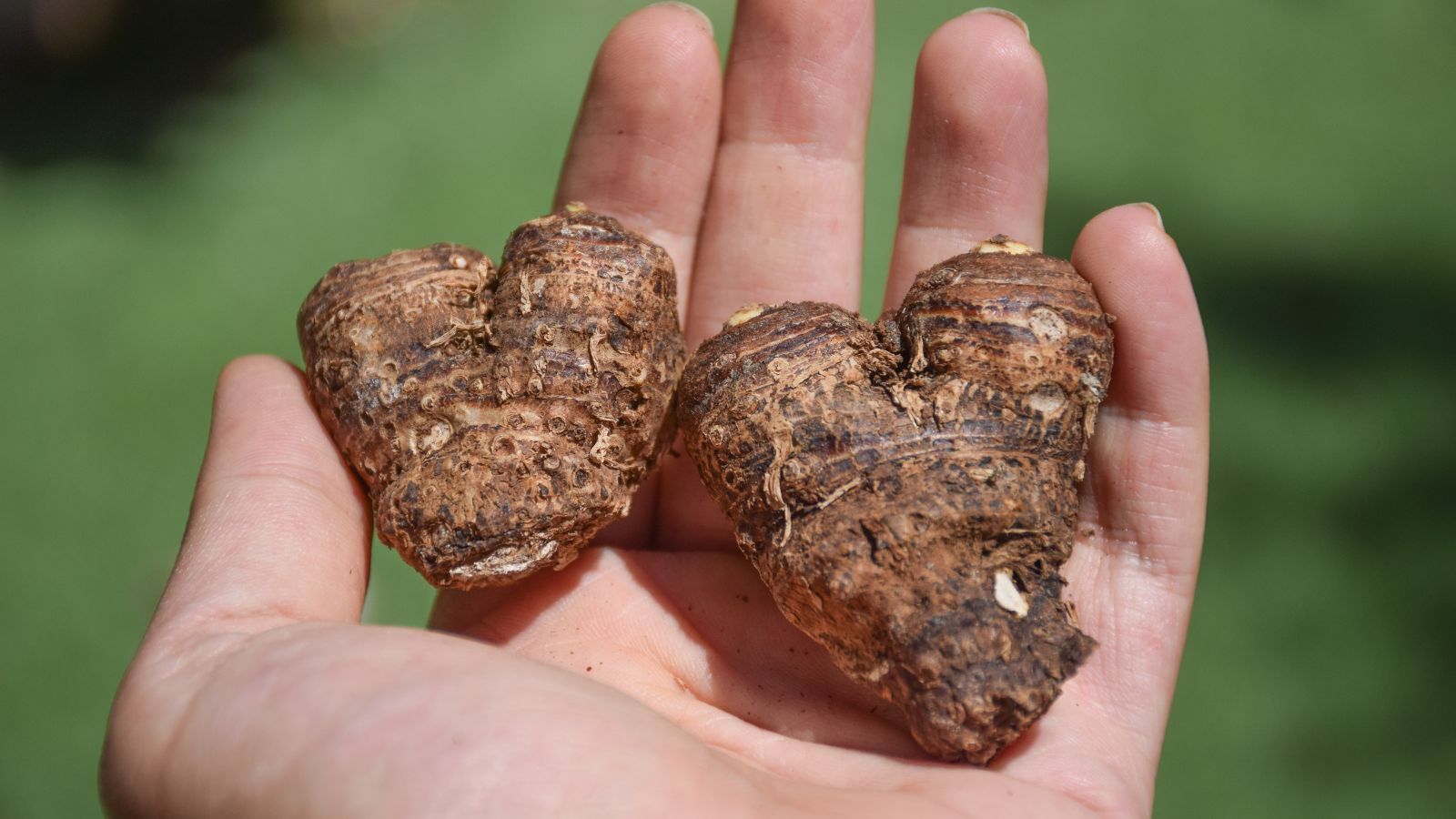

The funnel-shaped, upright flowers of the calla lily makes them extraordinarily well-liked with reduce flower followers. Blooms are typically white, although horticulturists have bred plenty of pink, yellow, orange, and purple cultivars. Calla lilies have prolonged, arrow-shaped leaves which may be each steady inexperienced or evenly speckled with white. These vegetation are native to southern Africa, the place they’re current in coastal marshes, moist meadows, and completely different warmth, barely moist areas.
Calla lilies make superb container vegetation and could also be grown indoors. They isn’t going to outlive open air in areas with freezing chilly winters. Gardeners in zones 7 and colder should plan to hold calla lily rhizomes shortly after the first frost. Decrease off the wilted stems 1-2 inches above the soil line, then dig up the rhizomes. Dry the rhizomes for 2-3 weeks in a warmth location out of direct daylight, and retailer them at 45-55°F (7-13°C).
Canna
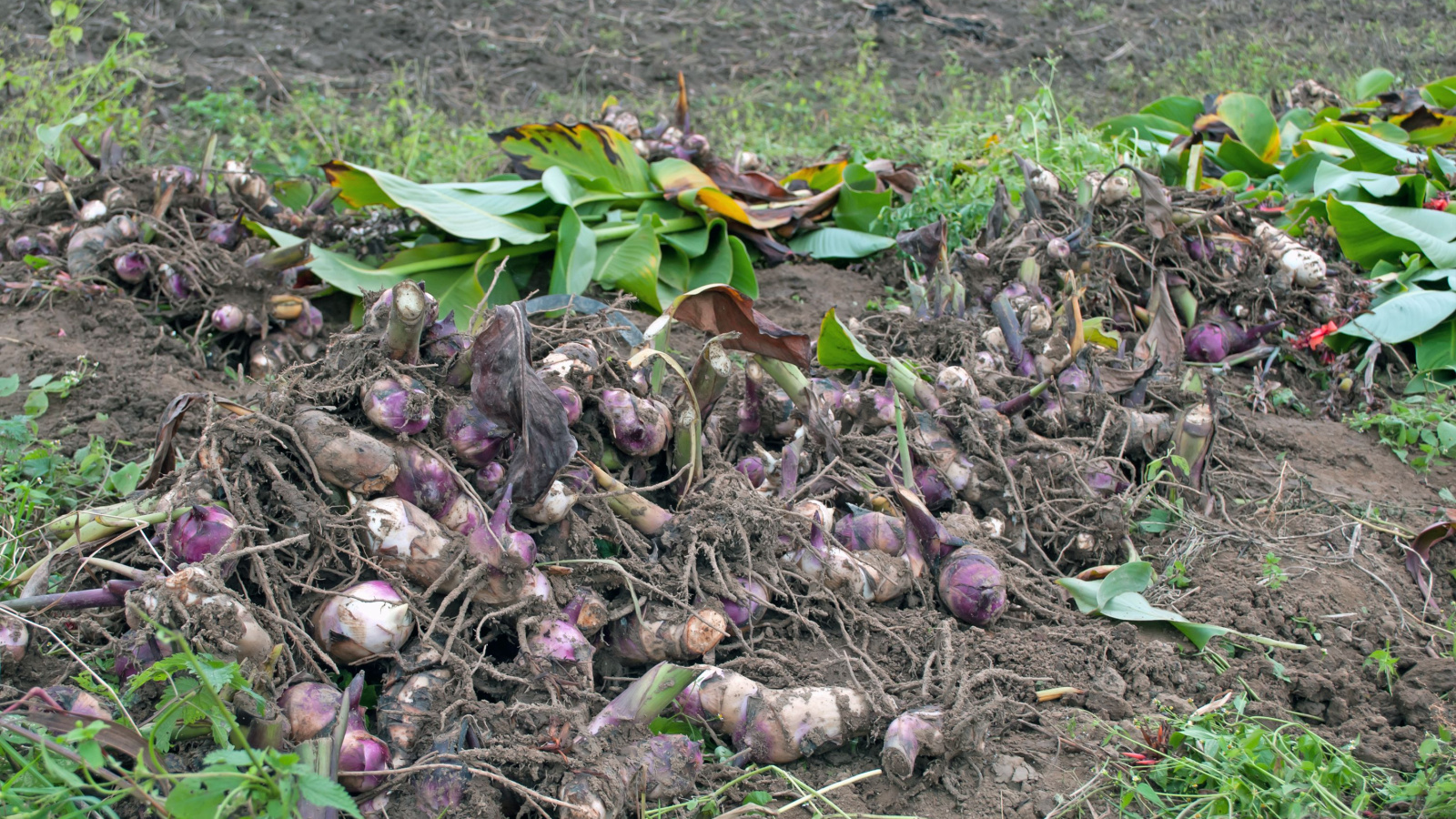

Cannas or canna lilies are recognized for his or her lush, orchid-like flowers that emerge in good purple, pink, coral, orange, and yellow. Huge inexperienced, bronze, burgundy, or bicolor leaves assure this plant appears to be eye-catching, even when not in bloom. There are dozens of canna lily species scattered spherical tropical areas of Asia, Africa, and South America.
As compared with a couple of of the completely different tender bulbs talked about on this text, cannas are ever-so-slightly further tolerant of chilly circumstances. Nonetheless, they nonetheless cannot survive months of below-freezing temperatures. These vegetation will keep injury if left throughout the flooring beneath 25°F (-4°C).
Canna lilies will survive year-round in our warmest rising zones, although gardeners in zone 6 may want so as to add a healthful layer of mulch or current completely different security for these tropical vegetation. Gardeners in zones 5 and colder should dig up canna rhizomes correct after the first frost has zapped the foliage nonetheless sooner than there was a tricky freeze. Mud the unfastened soil off of the rhizomes, after which set them aside in a dry location for about one week. As quickly as cured, canna rhizomes could also be saved in a cool, darkish location until spring.
Colocasia
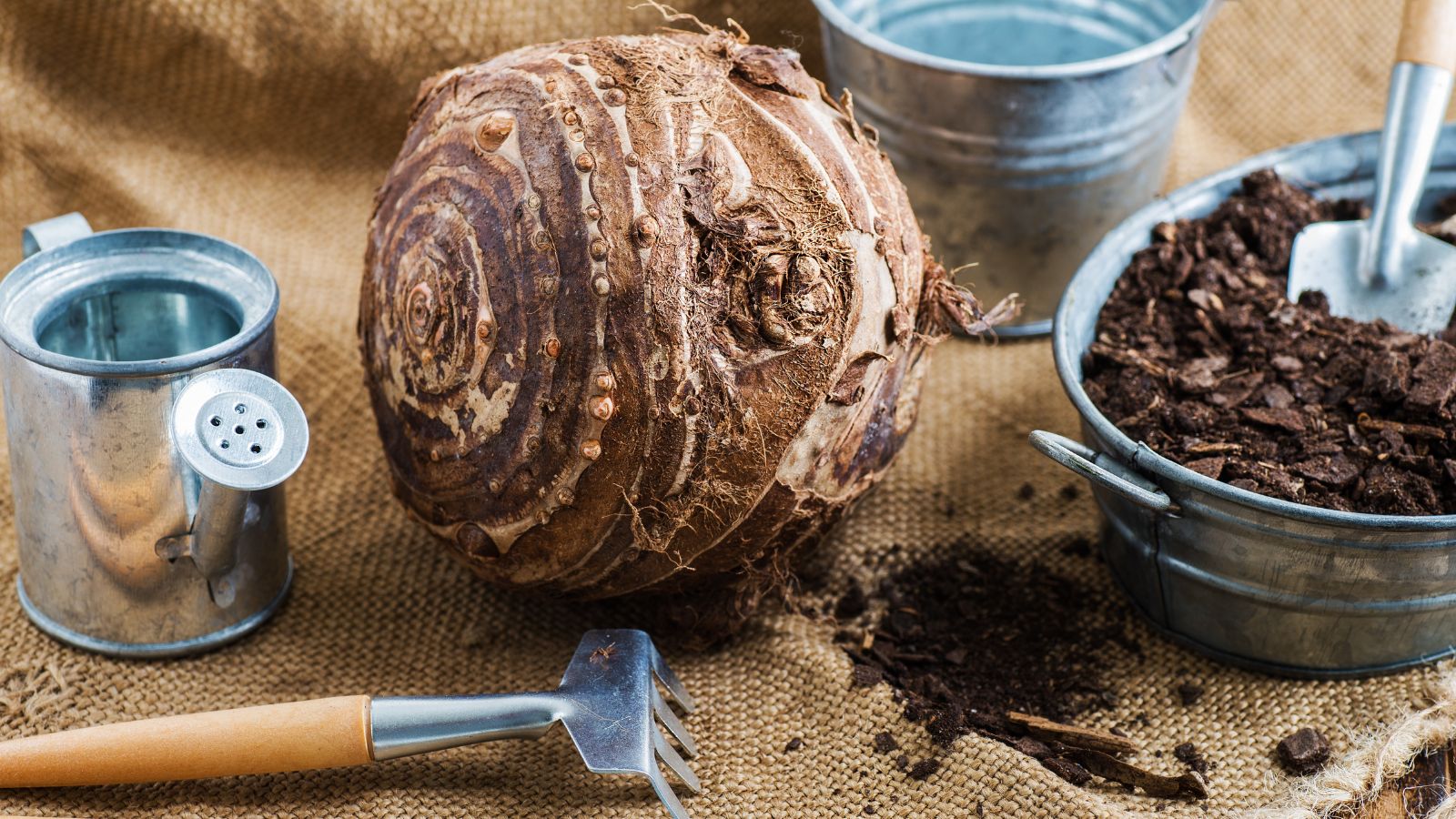

Along with alocasia, colocasia are further generally called elephant ears. Recognized for his or her actually massive, shield-shaped leaves, colocasia are the epitome of lush, tropical yard vibes. Their daring, vibrant foliage works beautifully in containers, mass plantings, and borders. Colocasia are native to southern Asia, Indonesia, and Malaysia.
Most colocasia are solely winter hardy to zone 8. A healthful layer of mulch throughout the tubers will help defend the roots all by the chillier months. Nonetheless, these are tropical vegetation that like scorching, humid circumstances – gardeners colder than zone 8 may need to dig up the bulbs and produce them inside after the first exhausting frost. Shake the excess soil off the bulbs and retailer them in a cool, darkish location until they’re typically potted up indoors in mid-spring.
Dahlia
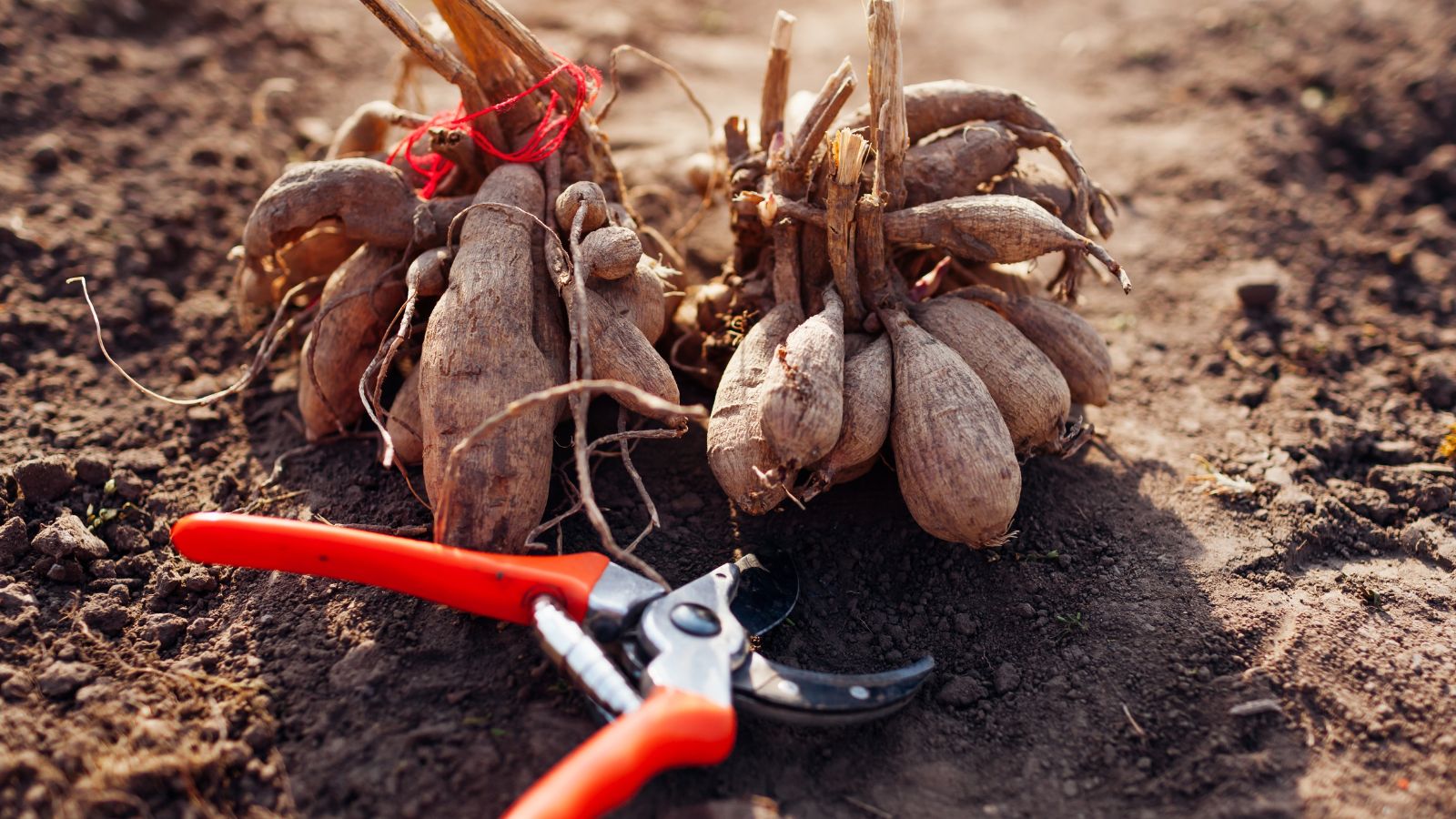

Dahlias are a couple of of essentially the most spectacular tender tubers a gardener can develop, and their recognition as a reduce flower has exploded these days. There are a complete bunch of varieties to pick from, with a seemingly limitless combination of flower kind, shade, and dimension. These vegetation are native to Mexico and areas of Central America, and on account of this truth, isn’t going to outlive a prolonged, freezing winter.
Gardeners in zones 7 and colder should dig up dahlia tubers after the first exhausting frost has killed the foliage. Retailer dahlia tubers in a cool, darkish location, ideally between 40 and 50°F (4-10°C). A storage, shed, or basement is commonly highest. Storing your dahlia tubers requires putting a stability in moisture. Some humidity is required to keep up the tubers hydrated, nonetheless an extreme quantity of can set off mildew and decay.
Gardeners in zones 9 and warmer can go away their dahlia tubers throughout the flooring year-round. Zone 8 gardeners? They should ponder their native native climate and soil circumstances. If you’ve bought moist winter local weather and solely fairly drained soil, dig up the dahlias – the hazard of rot is simply too extreme.
Freesia
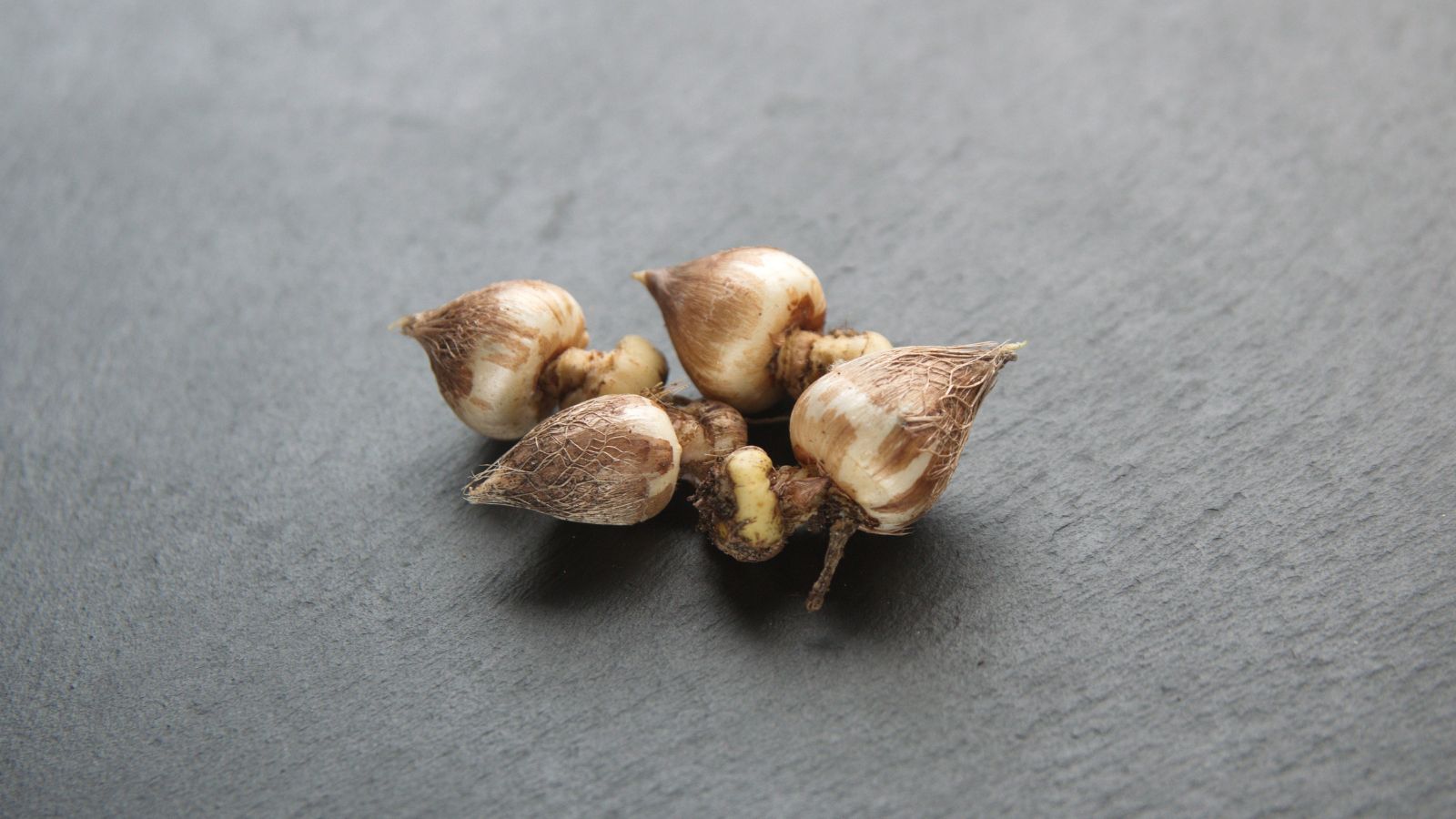

A chic flower recognized for its intoxicating fragrance, freesia is one different tender bulb that’s well-liked with reduce flower lovers. Freesia are native to jap and southern Africa, the place they actually go dormant in the midst of the most popular months. These multicolored beauties flower most interesting in mild climates the place temperatures maintain beneath 70°F (21°C).
Whereas freesia prefers cool, temperate local weather to bloom, it’s not going to outlive an prolonged winter of below-freezing temperatures. Gardeners in zone 8 and colder may need to dig up and retailer the corms.
Dig up freesia corms after the foliage has begun to yellow and fade, nonetheless sooner than the first exhausting frost. Clear off any residual soil from the corms, then switch them to a warmth, barely humid environment for 2-3 months. This will mimic the dormant interval of their native environment. Afterwards, retailer freesia corms in a cool location until you may have the ability to plant as soon as extra.
Gladiolus
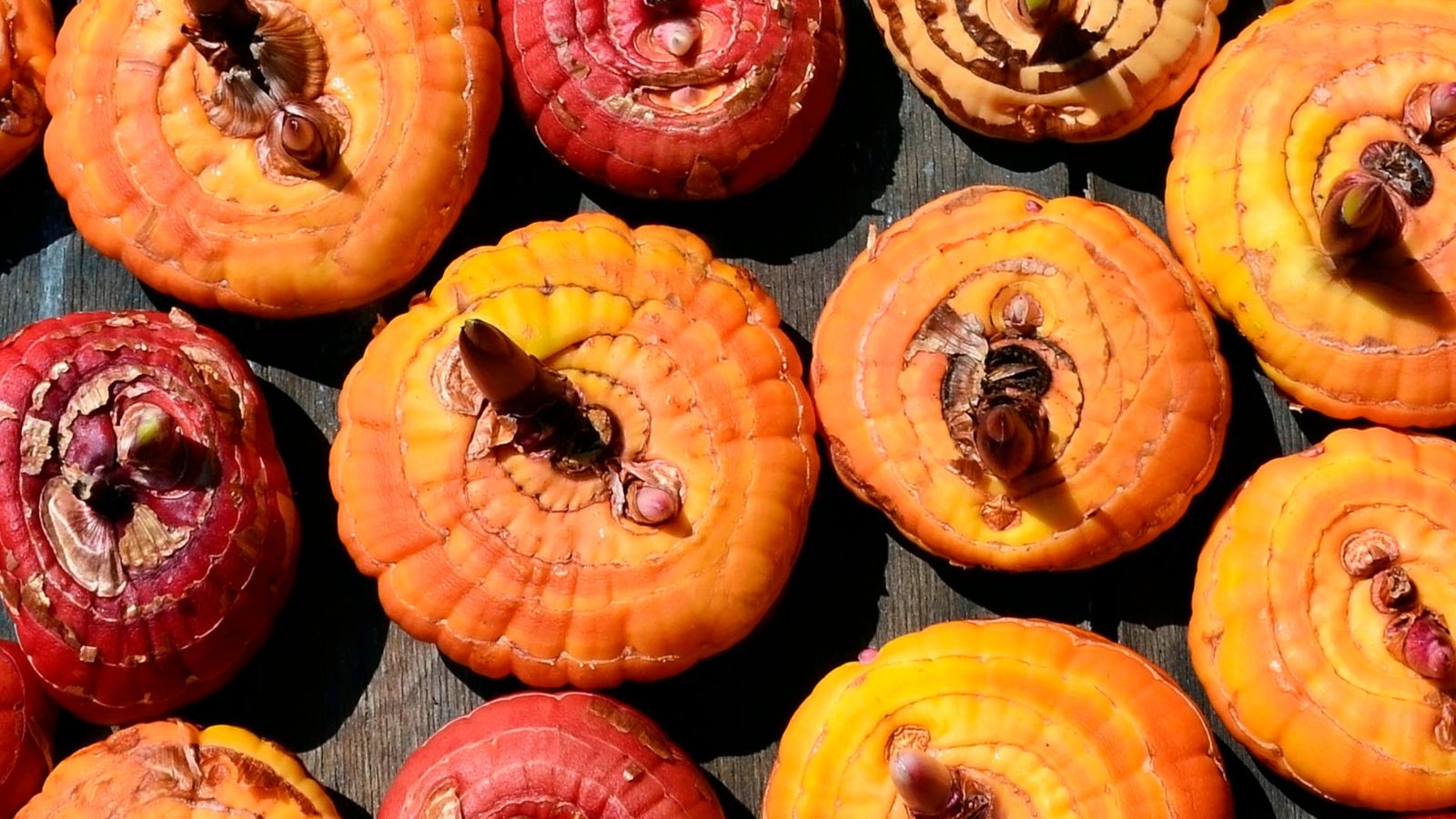

Gladiolus, fondly typically referred to as “glads” to many gardeners, are prized for his or her spectacular spear-like stems and leaves. Native to parts of Africa and Madagascar, these putting vegetation are loaded with tall flower spikes in shades of pink, purple, purple, orange, and yellow.
There are roughly 180 utterly completely different species of glads. Most are chilly hardy all the way in which all the way down to zone 7, however there are some hybrids which may be hardy all the way in which all the way down to zone 5 when mulched utterly.
Dig gladiolus corms up each after the foliage has yellowed and pale, or wait until merely after the first mild frost. Healthful gladiolus must be left standing throughout the soil for as long as potential, to current the corms ample time to develop and retailer vitality for subsequent season’s blooms. Lay the corms out in a lightweight, ethereal location to therapy for two weeks. Retailer corms in a cool location with a great deal of good air circulation.
Oxalis
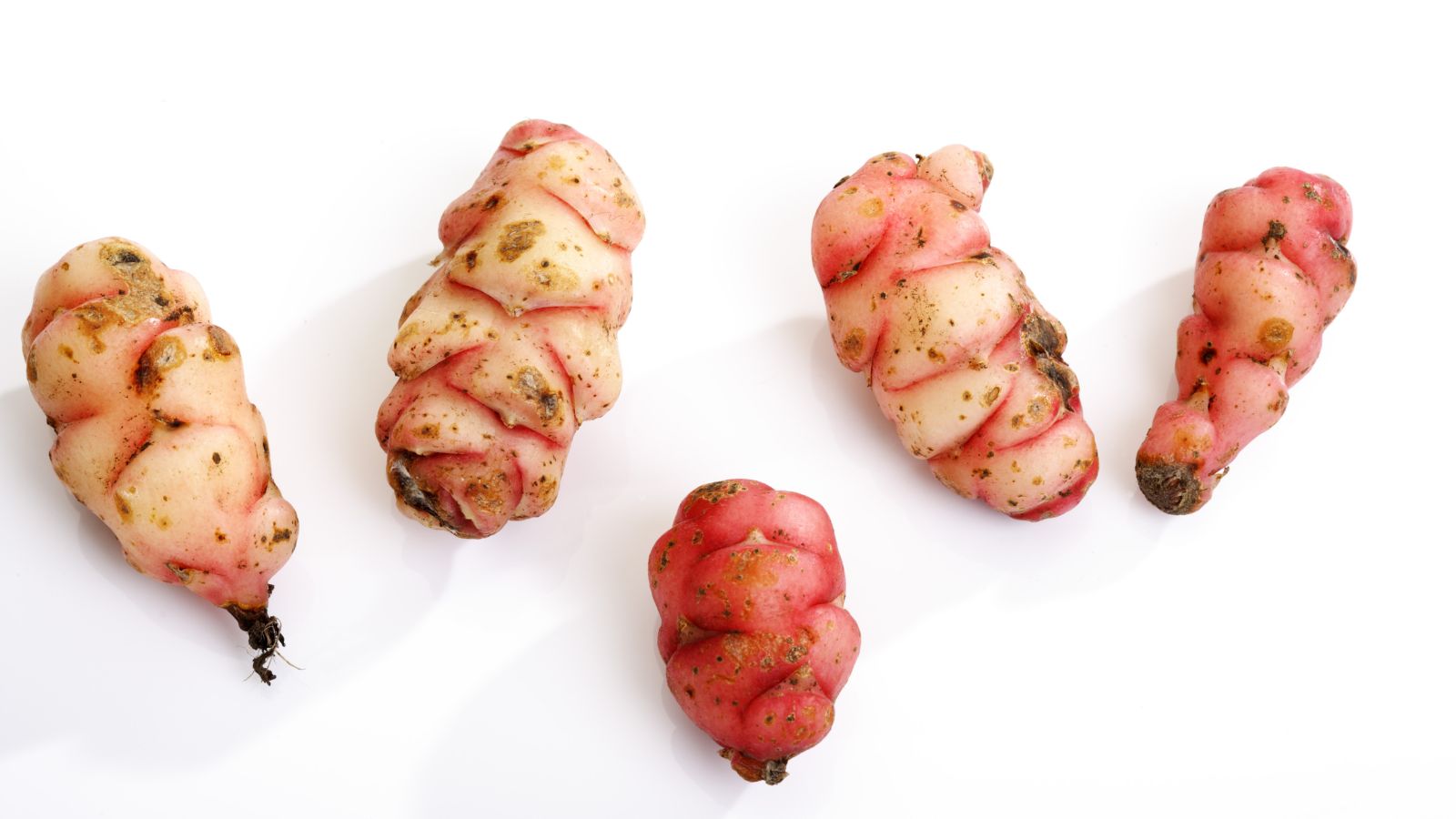

Additionally referred to as purple shamrock, false shamrock, or purple picket sorrel, Oxalis triangularis is beloved for its vibrant, darkish purple leaves. This plant simply is not an actual shamrock, nonetheless fairly a type of picket sorrel native to South America. It is incessantly grown as an indoor houseplant, however, it is typically utilized in dry, shady yard beds and borders.
Oxalis is not cold-hardy and will solely be left open air throughout the warmest rising zones. Throughout the early fall, gardeners can dig up whole vegetation, place them in a container, and switch them indoors.
If bulbs are going to be saved for the winter, wait until a tricky frost kills the upper foliage in mid to late fall. Dig the bulbs up and produce them indoors. Retailer oxalis bulbs in paper baggage stuffed with peat moss or picket shavings, and place the bags in a cool, darkish location that’s nonetheless 40-50°F (4-10°C).
Ranunculus
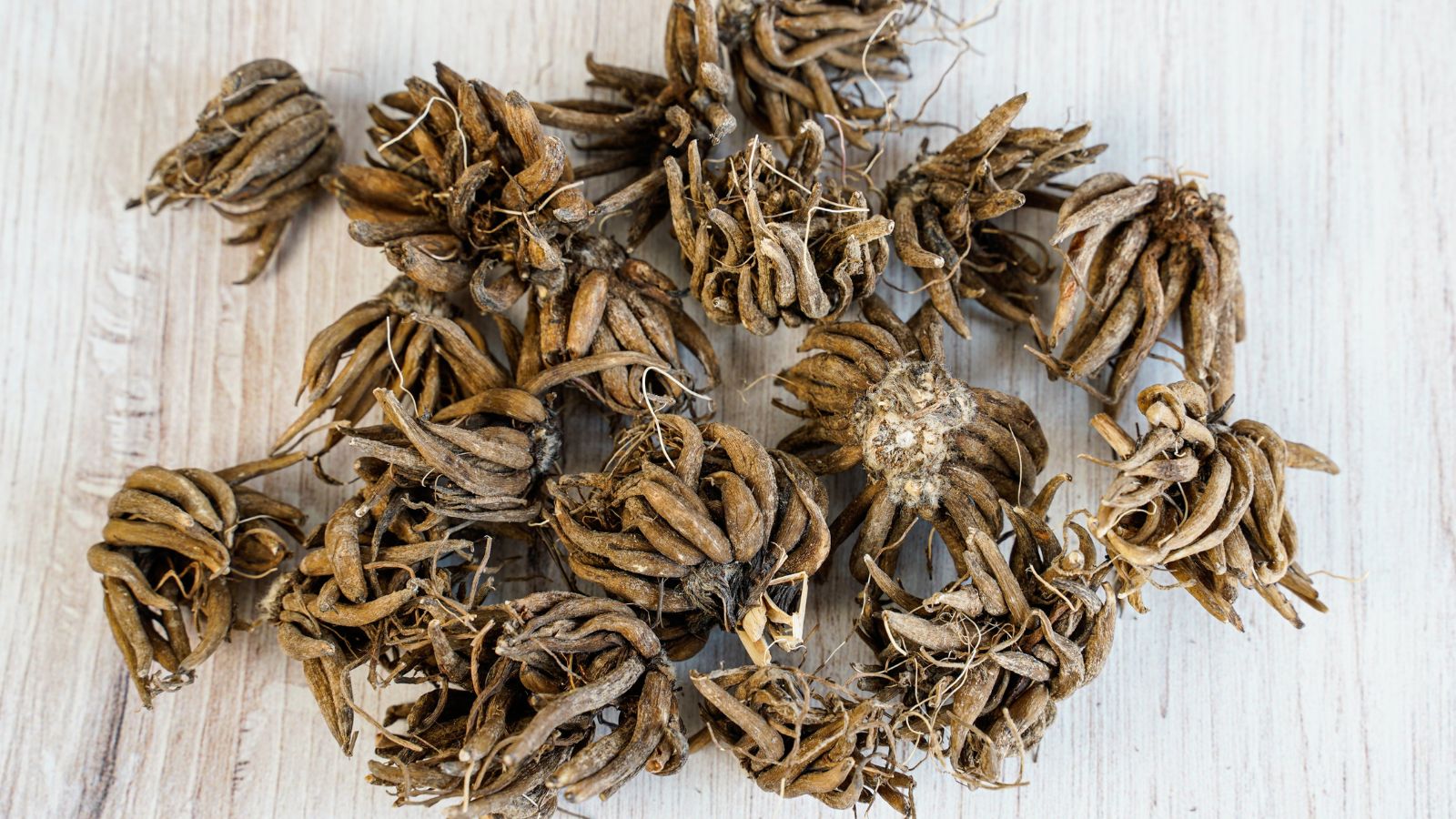

With their layers of delicate petals in candy-like hues of pink, coral, peach, orange, and yellow, ranunculus resemble little roses. These cool-season flowers are a bit picky on the subject of temperature. They perform poorly if it’s hotter than 70°F (21°C) for prolonged. On the equivalent time, they are not cold-hardy they usually will not survive extended intervals beneath freezing. Ranunculus are literally solely winter-hardy in zones 8 and warmer.
Gardeners in zones 3-7 should dig ranunculus corms as quickly as the heat of the summer season has handed and fall has set in. The foliage will start to yellow and thin out. Retailer corms in a cool, dry, darkish location that’s nonetheless 50-55°F (10-13°C).
Tuberous Begonia
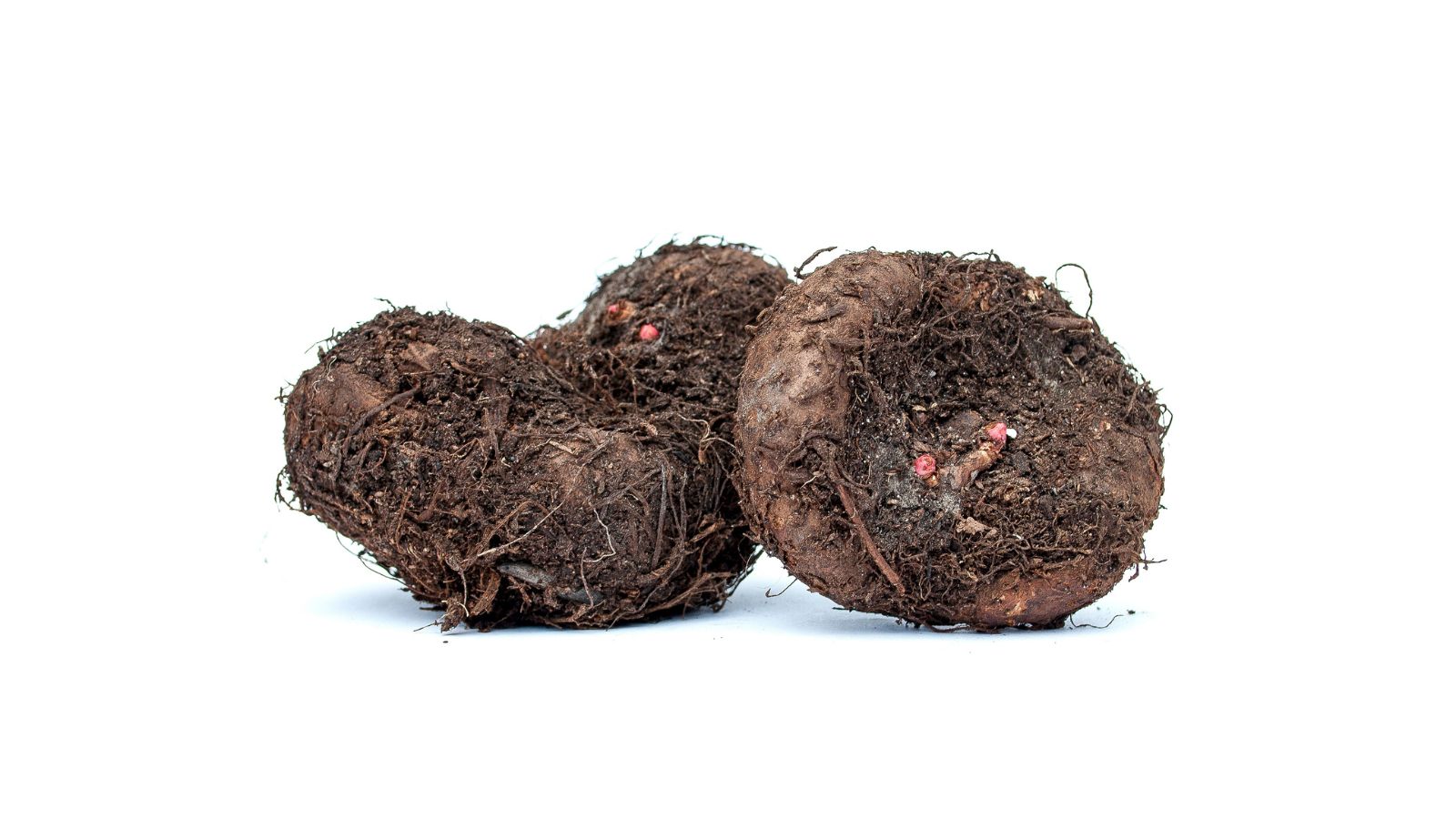

Shade-loving, vibrant tuberous begonias are incredible additions to outdoor planters, hanging baskets, and yard borders. As natives to the tropics of South America and parts of Africa, tuberous begonias do not survive chilly, freezing temperatures. Gardeners throughout the absolute warmest climates can go away the tubers throughout the flooring, nonetheless gardeners in zone 9 and colder should dig up and retailer the tubers.
Tuberous begonias naturally enter a dormant interval in late fall. They’ll stop flowering and producing leaves and slowly start to ship vitality to the tubers and roots.
Dig begonia tubers when the foliage begins to yellow, or after the first mild frost. Set the begonia tubers in a cool, dry place for two weeks for curing. As quickly because the tubers have had a possibility to dry out a bit, retailer them particularly individual paper baggage, which ensures a great deal of airflow, at 40-50°F (4-10°C).
Key Takeaways
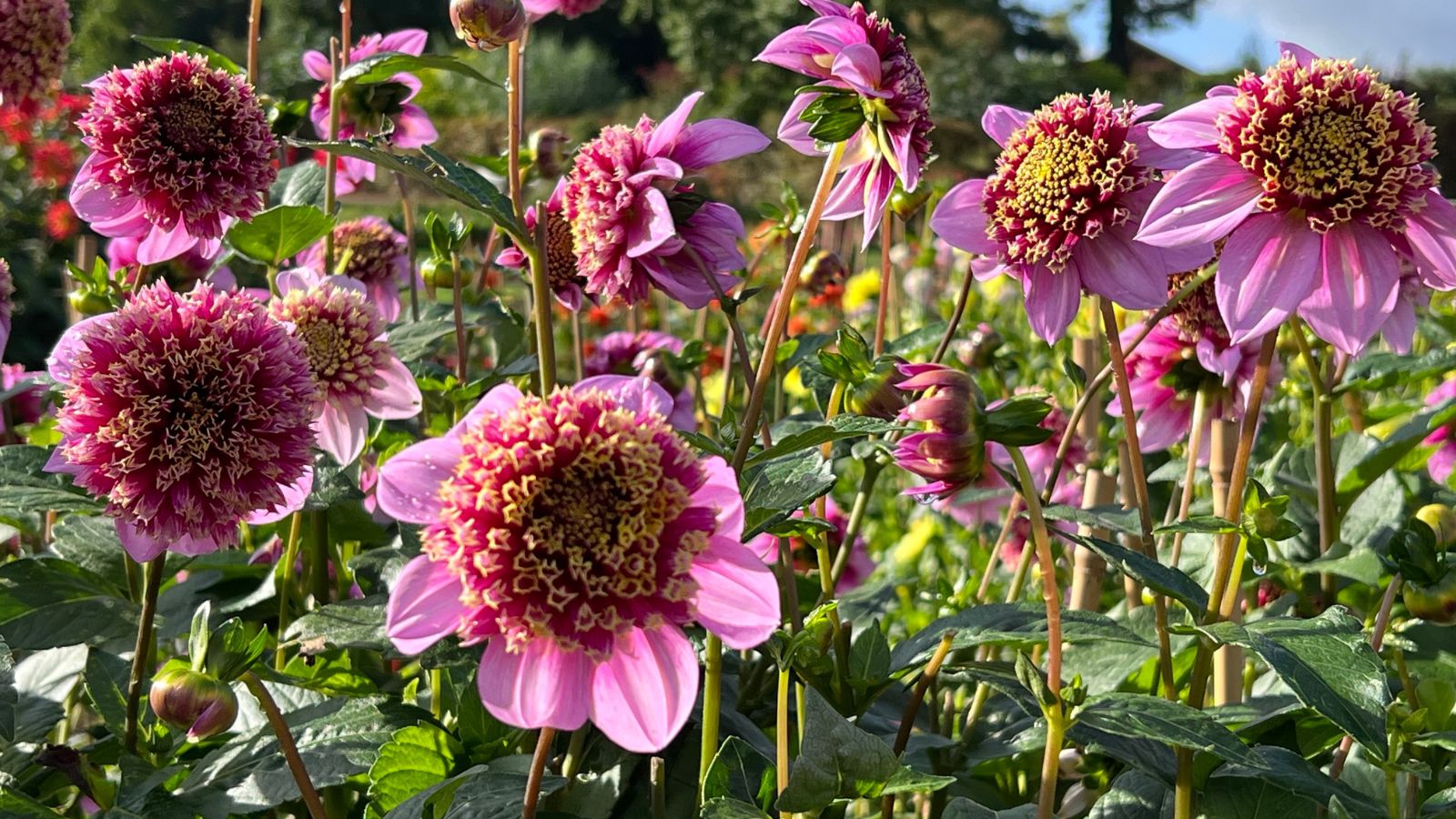

Fall is a time for lots of vegetation, animals—and certain, even gardeners—to indicate inward, go dormant, and begin a interval of leisure. That may be very true for our tropical tubers, most of which might’t survive extended intervals of below-freezing temperatures. By taking the time to dig up and herald your tender bulbs this November, you’ll be setting your self up for an excessive amount of beautiful blooms subsequent spring.
[ad_2]
Provide hyperlink
